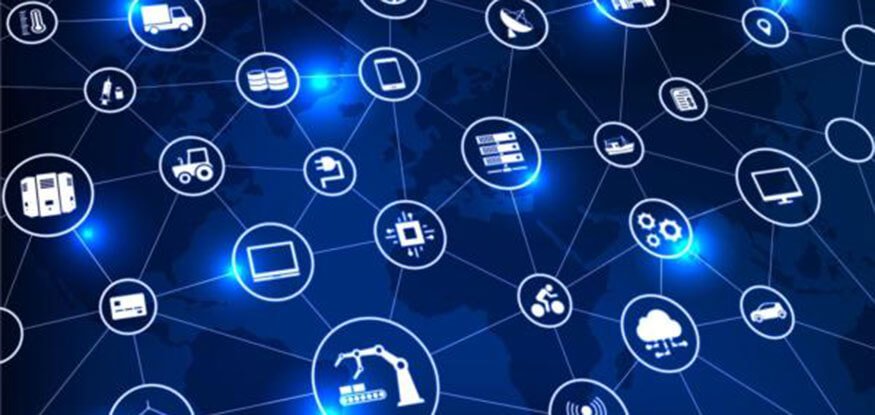The International Data Corporation (IDC) Worldwide Semiannual Internet of Things Spending Guide has predicted worldwide spending of Internet of Things (IoT) will reach $745 billion in 2019.
The figures mark an increase of 15.4% compared to last year’s IoT expenditure which totaled $646 billion. IDC expects worldwide spending to maintain a double-digit annual growth rate throughout the 2017-2022 forecast period and surpass the $1 trillion mark in 2022.
Global leaders China and The United States are expected to spend $182 billion and $194 billion respectively, followed by Japan ($65.4 billion), Germany ($35.5 billion), Korea ($25.7 billion), France ($25.6 billion), and the United Kingdom ($25.5 billion). Latin America countries Mexico, Colombia and Chile will see the fastest IoT spending growth over the forecast period.
Manufacturing, consumer, utilities and transportation sectors are set to spend the most on IoT solutions, in areas such as production asset management, freight monitoring, and smart grids for electricity, gas and water.
The IDC included figures expected from the fastest compound annual growth rate, IoT cases that will see greatest levels of investment, IoT cases expected to deliver the fastest spending growth and the largest IoT technology category.
"Consumer IoT spending will reach $108 billion in 2019, making it the second largest industry segment. The leading consumer use cases will be related to the smart home, personal wellness, and connected vehicle infotainment," said Marcus Torchia, research director, customer insight and analysis.
"Within smart home, home automation and smart appliances both will experience strong spending growth over the forecast period and will help to make consumer the fastest growing industry segment overall with a five-year CAGR of 17.8 per cent."
The industries that will see the fastest compound annual growth rates (CAGR) over the five-year forecast period are insurance (17.1 per cent), federal/central government (16.1 per cent), and healthcare (15.4 per cent).
The IoT use cases that will see the greatest levels of investment in 2019 are driven by the industry spending leaders: manufacturing operations ($100 billion), production asset management ($44.2 billion), smart home ($44.1 billion), and freight monitoring ($41.7 billion).
The IoT use cases that are expected to deliver the fastest spending growth over the 2017-2022 forecast periods provide a picture of where other industries are making their IoT investments. These include airport facility automation (transportation), electric vehicle charging (utilities), agriculture field monitoring (resource), bedside telemetry (healthcare), and in-store contextualised marketing (retail).
IoT services will be the largest technology category in 2019 with $258 billion going toward traditional IT and installation services as well as non-traditional device and operational services. Hardware spending will be close behind at $250 billion led by more than $200 billion in module/sensor purchases. IoT software spending will total $154 billion in 2019 and will see the fastest growth over the five-year forecast period with a CAGR of 16.6 per cent.
"Adoption of IoT is happening across industries, in governments, and in consumers’ daily lives. We are increasingly observing how data generated by connected devices is helping businesses run more efficiently, gain insight into business processes, and make real-time decisions. For consumers, access to data is changing how they are informed about the status of households, vehicles, and family members as well as their own health and fitness," said
Carrie MacGillivray, vice president, Internet of Things and mobility, IDC.
She added: "The next chapter of IoT is just beginning as we see a shift from digitally enabling the physical to automating and augmenting the human experience with a connected world."

